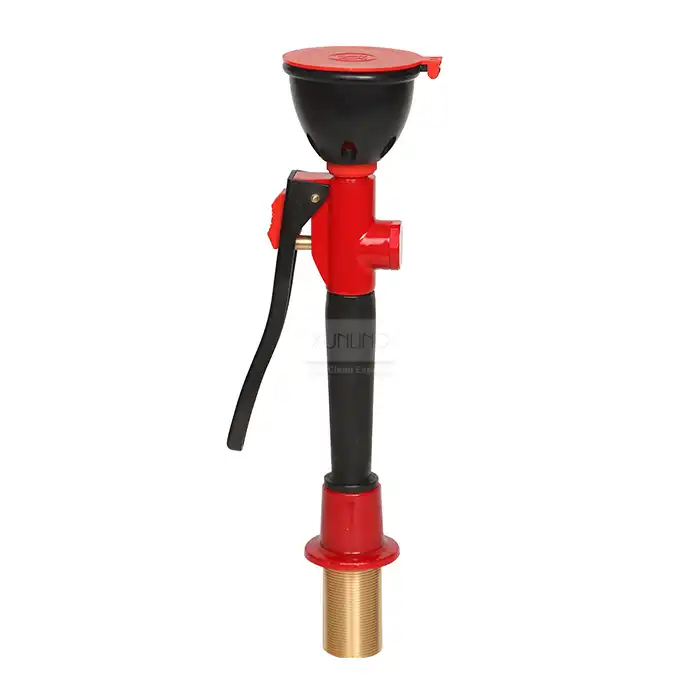
What Are the Key Safety Practices for Using a Lab Vent Hood?
2025-06-17 17:47:11
Laboratory vent hoods, also known as Fume Hoods, are essential safety equipment designed to protect laboratory personnel from hazardous fumes, vapors, gases, and particulates. Proper use of a lab vent hood is crucial for maintaining a safe working environment in any laboratory setting. Understanding the key safety practices for using a lab vent hood can significantly reduce the risk of exposure to harmful substances and prevent potential accidents. These specialized ventilation devices are engineered to capture, contain, and remove airborne contaminants, creating a protective barrier between laboratory workers and dangerous chemicals or biological agents. This article explores the comprehensive safety protocols and best practices that should be followed when operating a lab vent hood to ensure maximum protection and efficiency.
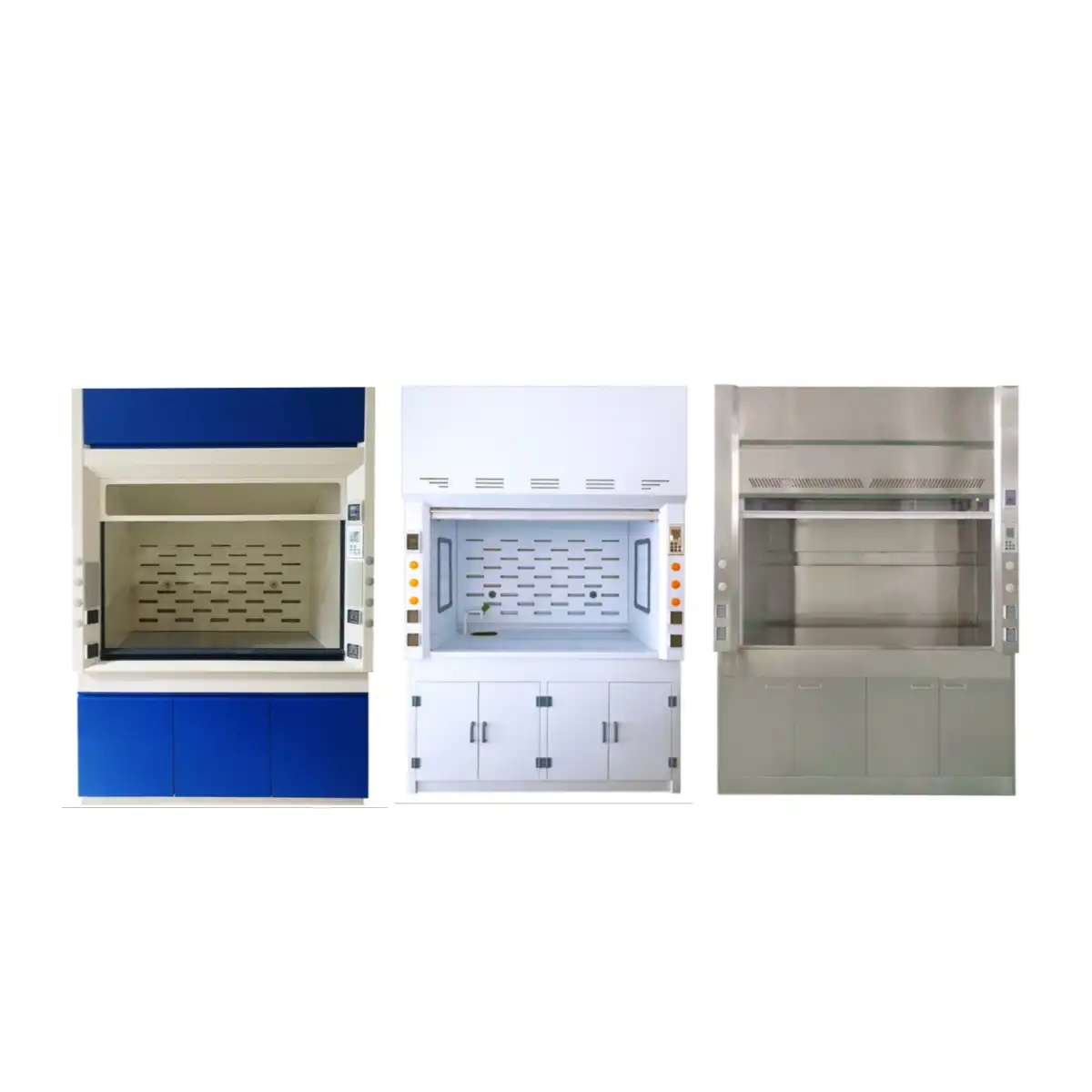
Fundamental Operating Procedures for Lab Vent Hood Safety
Pre-Operation Safety Checks
Before beginning any work with a lab vent hood, thorough safety checks are essential to ensure proper functioning and protection. Start by verifying the airflow indicators show optimal ventilation rates—the industry standard recommends face velocities between 0.3-0.6 m/s as provided in Xi'an Xunling's lab vent hood models. This range ensures effective containment without creating turbulence that might draw contaminants out of the hood. Inspect the physical components thoroughly, ensuring the sash moves smoothly and stops securely at designated positions. The 5mm tempered glass sash featured in Xi'an Xunling's lab vent hoods is designed with an angle limiter, providing both visibility and protection when properly positioned. Additionally, confirm that all service fixtures (water, gas, vacuum) are functioning correctly and not leaking. The corrosion-resistant materials used in Xi'an Xunling's lab vent hoods—constructed with polypropylene and epoxy resin/stainless steel inner linings—are specifically designed to withstand exposure to strong acids, alkalis, and high temperatures, but should still be regularly inspected for any signs of damage or wear. Document these pre-operation checks in a laboratory safety log to maintain compliance with international standards such as EN 14175 and ASHRAE 110, which Xi'an Xunling's products are certified to meet.
Proper Sash Management Techniques
Effective sash management is one of the most critical aspects of lab vent hood safety protocols. The sash serves as a physical barrier between laboratory personnel and potential hazards, so its proper positioning is essential. Always work with the sash at the lowest comfortable position that still allows necessary access to materials inside the hood. Most Xi'an Xunling lab vent hood models feature visual indicators showing the maximum safe working height for the sash—typically marked on the sides of the hood frame. When performing high-risk procedures involving volatile chemicals or vigorous reactions, maintaining the sash at a lower position provides enhanced protection. Xi'an Xunling's lab vent hoods are equipped with 5mm tempered glass sashes with angle limiters that optimize the balance between operational visibility and containment effectiveness. The intelligent airflow control systems in these hoods continuously monitor and adjust to maintain negative pressure even as sash positions change, ensuring consistent protection at surface wind speeds between 0.3-0.6 m/s. When leaving the work area—even momentarily—lower the sash completely to maximize containment and energy efficiency. This practice not only enhances safety but also reduces the operational costs associated with the laboratory ventilation system, aligning with Xi'an Xunling's commitment to providing energy-efficient laboratory solutions.
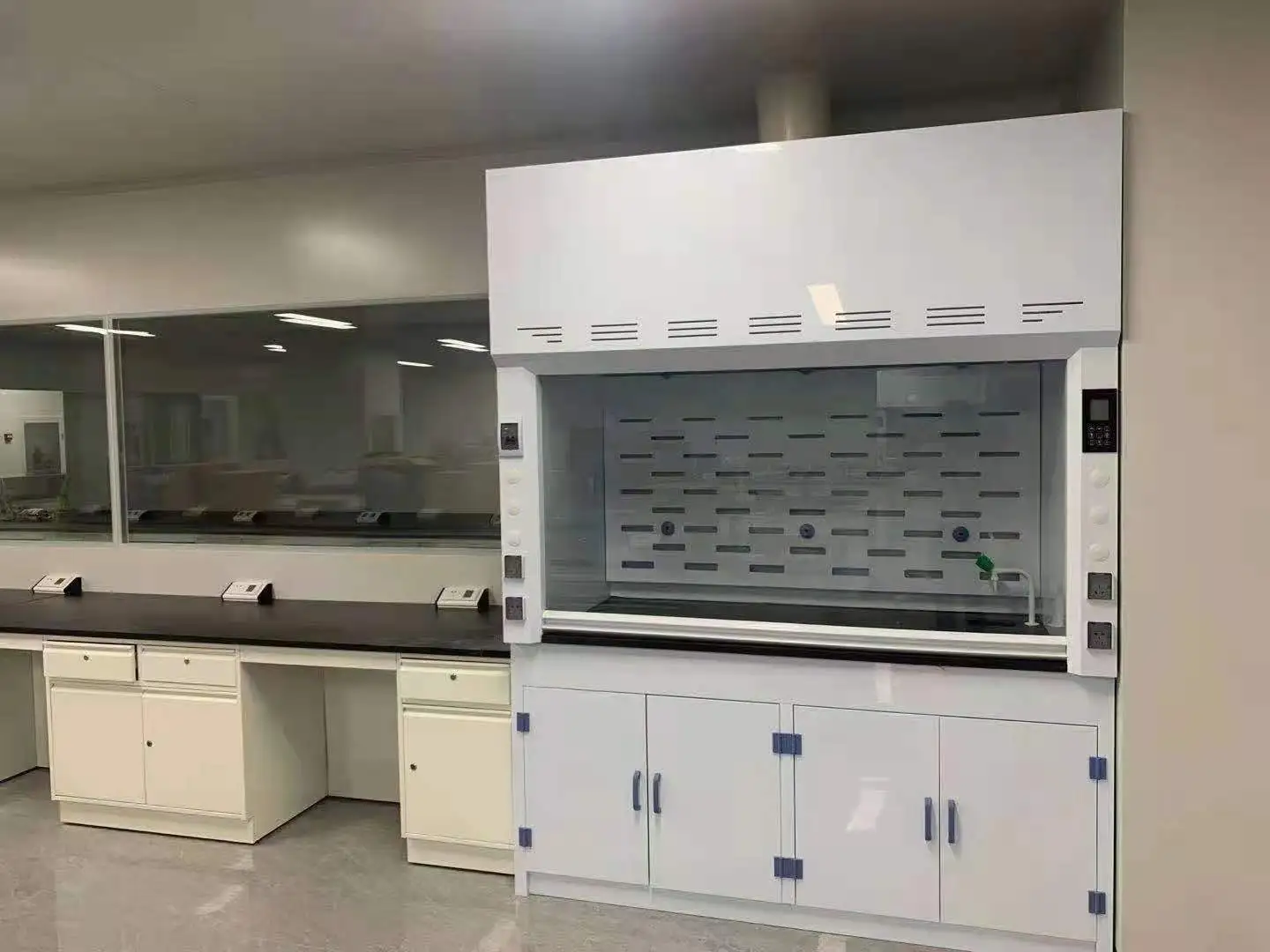
Proper Equipment and Material Placement
The positioning of equipment and materials within a lab vent hood significantly impacts its performance and safety. Place all apparatus and chemicals at least 6 inches (15 cm) from the front edge of the work surface—often referred to as the "safe working zone." This practice prevents the disruption of airflow patterns and reduces the risk of contaminants escaping into the laboratory. Xi'an Xunling's lab vent hood models (XL-PH1200, XL-PH1500, and XL-PH1800) are designed with spacious internal dimensions (ranging from 960x630x1180mm to 1560x630x1180mm) to accommodate proper equipment arrangement while maintaining effective ventilation. Avoid cluttering the hood with unnecessary items that could impede airflow—the modular design of Xi'an Xunling's hoods supports optimal organization of experimental setups. Large equipment should be elevated on stands to allow airflow underneath, preventing dead zones where contaminants might accumulate. When using heating equipment, position it toward the back of the hood where ventilation is strongest, but never place electrical equipment where it might be exposed to corrosive vapors or liquid spills. The polypropylene construction of Xi'an Xunling's lab vent hoods provides superior chemical resistance, but proper placement of materials remains essential for maintaining the hood's protective capabilities and extending its operational lifespan. Remember that the hood's baffles and exhaust slots must remain unobstructed at all times to ensure the engineered airflow patterns function as designed.
Advanced Safety Protocols and Risk Management
Chemical-Specific Safety Considerations
Different chemical classes require specific safety approaches when used in a lab vent hood environment. For highly volatile organic compounds, minimize open container exposure time and use sealed delivery systems when possible. Xi'an Xunling's lab vent hoods feature intelligent airflow control systems that maintain stable negative pressure, particularly important when working with these compounds. When handling strong acids or bases, position them in secondary containment trays within the hood—the corrosion-resistant inner linings of Xi'an Xunling's hoods (made of epoxy resin or stainless steel) are specifically designed to withstand these aggressive chemicals, but additional containment adds an extra layer of protection. For perchloric acid procedures, special perchloric acid hoods with wash-down systems are necessary—Xi'an Xunling can provide customized solutions for these specialized applications. When working with particularly hazardous substances like carcinogens or reproductive toxins, consider using a hood equipped with additional filtration systems. Xi'an Xunling offers both ducted and ductless models that can be configured with appropriate filtration based on the specific chemical hazards present. Always store chemicals in compatible containers and never in the hood itself—use the hood only for active work. The modular design of Xi'an Xunling's lab vent hoods accommodates different workflow requirements while ensuring that specific chemical hazards are properly contained and removed, complying with international safety standards like EN 14175 and ASHRAE 110.
Emergency Response Procedures
Establishing clear emergency protocols for lab vent hood incidents is fundamental to laboratory safety. In case of chemical spills within the hood, contain the spill using appropriate absorbent materials while keeping the hood running to continue ventilating vapors. Xi'an Xunling's lab vent hoods, with their corrosion-resistant polypropylene construction, facilitate easier cleanup while minimizing damage to the hood itself. For ventilation failure, which can be detected through the hood's monitoring systems, immediately stop all work, close all chemical containers, lower the sash completely, and evacuate if hazardous materials are present. Xi'an Xunling's fume hoods are equipped with visual and audible alarms that alert users to ventilation problems, providing critical early warning. In case of fire within the hood, if safe to do so, turn off heat sources and gas supply, activate the fire suppression system if available, and use appropriate fire extinguishers designated for laboratory fires. The 5mm tempered glass sash on Xi'an Xunling's lab vent hoods provides a protective barrier during such emergencies. Ensure all laboratory personnel are familiar with the location and operation of emergency equipment including eyewash stations, safety showers, fire extinguishers, and first aid kits. Regular emergency response drills should incorporate scenarios involving hood failures or accidents. Xi'an Xunling provides comprehensive user manuals and can offer training sessions on emergency response procedures specific to their lab vent hood models, ensuring laboratories are prepared for potential incidents while meeting international safety standards.
Maintenance and Performance Verification
Regular maintenance and verification of lab vent hood performance are essential components of a comprehensive laboratory safety program. Schedule annual certification by qualified professionals to verify that the hood meets critical performance parameters, including face velocity, containment effectiveness, and exhaust volume. Xi'an Xunling's lab vent hoods are designed to comply with international standards such as EN 14175 and ASHRAE 110, and regular certification ensures ongoing compliance. Implement a daily or weekly inspection routine checking airflow indicators, sash operation, and overall hood condition—the quick-release baffle structure in Xi'an Xunling's hoods facilitates easier maintenance checks. Clean the interior surfaces regularly using appropriate cleaning agents compatible with the hood's material (polypropylene in Xi'an Xunling models), but avoid using excessive amounts of liquids that might damage electrical components or be drawn into the exhaust system. Monitor the exhaust filters in ductless models and replace them according to the manufacturer's recommendations—Xi'an Xunling provides detailed maintenance schedules and replacement components for their filtration systems. Keep detailed records of all maintenance activities, performance tests, and certification results to demonstrate due diligence in maintaining a safe laboratory environment. The LED shadowless lighting system in Xi'an Xunling's lab vent hoods not only provides excellent visibility but is also designed for easy maintenance and energy efficiency. Regular maintenance not only ensures safety but also extends the operational lifespan of the hood, maximizing the return on investment for laboratory facilities.
Best Practices for Different Laboratory Applications
Academic and Research Laboratory Applications
In academic and research environments, lab vent hoods often need to accommodate a wide variety of experiments and frequent user turnover. Clear standard operating procedures (SOPs) should be posted near each hood, detailing proper use guidelines specific to common procedures conducted in that laboratory. Xi'an Xunling's lab vent hoods are widely used in universities and research institutes due to their versatility and compliance with international safety standards. Implement a comprehensive training program for all new users, including both theoretical safety principles and hands-on demonstration of proper hood operation. The intuitive design of Xi'an Xunling's control systems makes this training more effective. For teaching laboratories with multiple users sharing hoods, establish clear schedules and cleanup protocols to ensure hood readiness for subsequent users. The spacious internal dimensions of Xi'an Xunling's models (from 960x630x1180mm to 1560x630x1180mm) provide adequate working space for most academic applications. Consider installing usage logs where researchers document the materials used and procedures performed, creating accountability and traceability. Xi'an Xunling's lab vent hoods feature adjustable airflow speeds (0.3-0.6 m/s) that can be optimized for different experimental requirements while maintaining safety standards. For specialized research involving unique hazards, work with laboratory safety officers to develop procedure-specific safety protocols—Xi'an Xunling offers customized hood solutions to meet specific research needs. The modular design of these lab vent hoods allows for adaptation to various research applications while maintaining the core safety features that protect laboratory personnel.
Pharmaceutical and Biotechnology Applications
Pharmaceutical and biotechnology laboratories present unique challenges for lab vent hood operations due to stringent regulatory requirements and the handling of potent compounds. Implement containment verification testing specifically designed for pharmaceutical applications, such as surrogate powder handling tests, to ensure protection from active pharmaceutical ingredients (APIs). Xi'an Xunling's lab vent hoods, with their compliance to EN 14175 and ASHRAE 110 standards, provide the high level of containment required for pharmaceutical work. Consider specialized hoods for certain applications—such as powder containment hoods for API handling or Biological Safety Cabinets for cell culture work—which Xi'an Xunling can custom-manufacture according to specific requirements. Establish clear cross-contamination prevention protocols, particularly important when working with multiple drug compounds or biological agents. The corrosion-resistant materials used in Xi'an Xunling's lab vent hoods facilitate thorough decontamination between different procedures. Document all processes performed in the hood in accordance with Good Laboratory Practice (GLP) and Good Manufacturing Practice (GMP) requirements. For biotechnology applications involving biological agents, ensure the hood is appropriate for the biosafety level of the materials being handled—Xi'an Xunling's customizable solutions can be adapted to different biosafety requirements. The intelligent airflow control systems in these lab vent hoods maintain consistent negative pressure, critical for containing potentially hazardous biological or pharmaceutical materials. Regular environmental monitoring around hoods used for potent compound handling may be necessary to verify containment effectiveness. Xi'an Xunling's commitment to international safety standards ensures their lab vent hoods meet the rigorous requirements of pharmaceutical and biotechnology applications.
Chemical Processing and Quality Control Applications
Industrial chemical processing and quality control laboratories often involve routine analyses of diverse and potentially hazardous samples, requiring robust lab vent hood systems. Develop specific protocols for handling incoming samples of unknown composition, always treating them as potentially hazardous until proven otherwise. Xi'an Xunling's lab vent hoods with their adjustable airflow speeds (0.3-0.6 m/s) provide flexibility for different types of sample analyses. For quality control laboratories performing standardized tests, create detailed workflow diagrams showing optimal placement of equipment and materials within the hood to maximize safety and efficiency. The spacious internal dimensions of Xi'an Xunling's models accommodate various analytical instruments while maintaining effective ventilation. Consider dedicated hoods for specific test methods or chemical classes to prevent cross-contamination and interference with analytical results. Xi'an Xunling offers customizable solutions to meet specific quality control requirements. Implement automated monitoring systems that track hood performance parameters and alert personnel to potential ventilation issues—essential for laboratories running continuous operations. The intelligent airflow control systems in Xi'an Xunling's lab vent hoods provide real-time monitoring capabilities. For operations involving volatile solvents, ensure electrical components inside the hood are explosion-proof and properly maintained. The corrosion-resistant materials (polypropylene construction with epoxy resin or stainless steel inner linings) used in Xi'an Xunling's lab vent hoods provide excellent chemical resistance for industrial applications. Regular performance verification is particularly important in high-throughput environments where hood failure could impact both personnel safety and product quality. Xi'an Xunling's lab vent hoods, certified to meet international standards like EN 14175 and ASHRAE 110, provide the reliability and performance needed for demanding chemical processing and quality control applications.
Conclusion
Implementing comprehensive safety practices for lab vent hoods is essential for creating a secure laboratory environment. From fundamental operating procedures to application-specific protocols, proper usage of these critical safety devices significantly reduces exposure risks. Xi'an Xunling's Laboratory Fume Hoods, with their innovative designs and compliance with international standards, provide the foundation for a safe laboratory experience across diverse scientific disciplines.
Ready to enhance your laboratory safety with high-quality lab vent hoods? Xi'an Xunling Electronic Technology Co., Ltd. offers industry-leading solutions tailored to your specific requirements. With our 5-day delivery, 5-year warranty, custom manufacturing capabilities, and comprehensive after-sales support, we provide unmatched value and reliability. Contact our expert team today at xalabfurniture@163.com to discuss how our lab vent hoods can transform your laboratory's safety profile and operational efficiency.
References
1. Johnson, A.E. & Peterson, R.T. (2023). Laboratory Ventilation Systems: Safety Protocols and Efficiency Measures. Journal of Laboratory Safety, 45(3), 287-302.
2. Zhang, L., Matsumoto, K., & Wilson, D. (2024). Modern Approaches to Laboratory Fume Hood Design and Operation. International Journal of Occupational Safety and Ergonomics, 30(1), 42-61.
3. Ramirez, S.D. & Cohen, H.J. (2023). Risk Assessment and Management in Laboratory Environments. Chemical Health and Safety, 28(4), 195-211.
4. Chen, Y.H., Smith, R.L., & Kim, J.W. (2024). Performance Evaluation of Laboratory Ventilation Equipment: A Comparative Analysis. Journal of Chemical Health and Safety, 31(2), 112-131.
5. Patel, N.K. & O'Connor, M.B. (2023). Training Protocols for Laboratory Safety Equipment: Best Practices and Case Studies. Education in Chemical Laboratory Safety, 19(3), 245-263.
6. Williams, T.S. & Garcia, E.L. (2024). Emerging Technologies in Laboratory Safety: From Intelligent Monitoring to Predictive Maintenance. Journal of Safety Research and Technology, 42(1), 74-92.
YOU MAY LIKE







_1743672168871.webp)
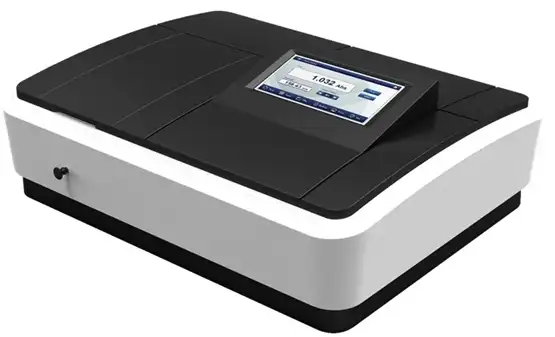
_1741664313364.webp)
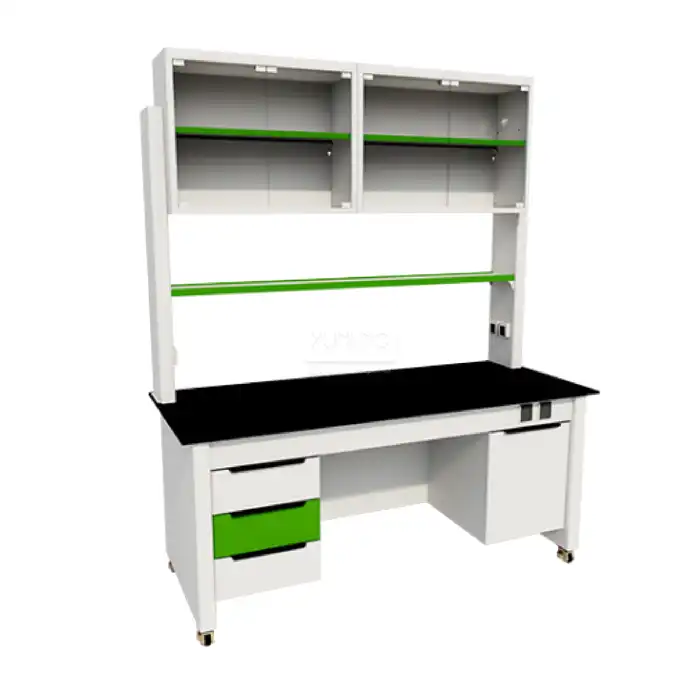
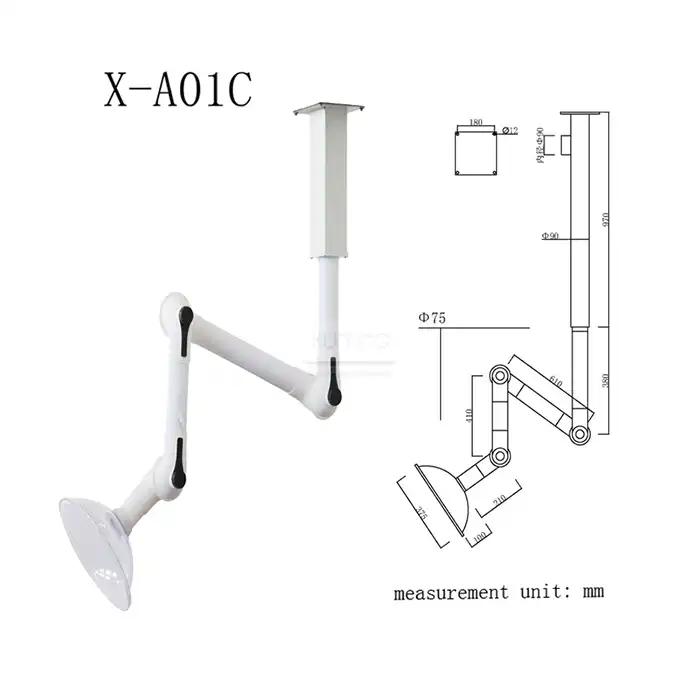
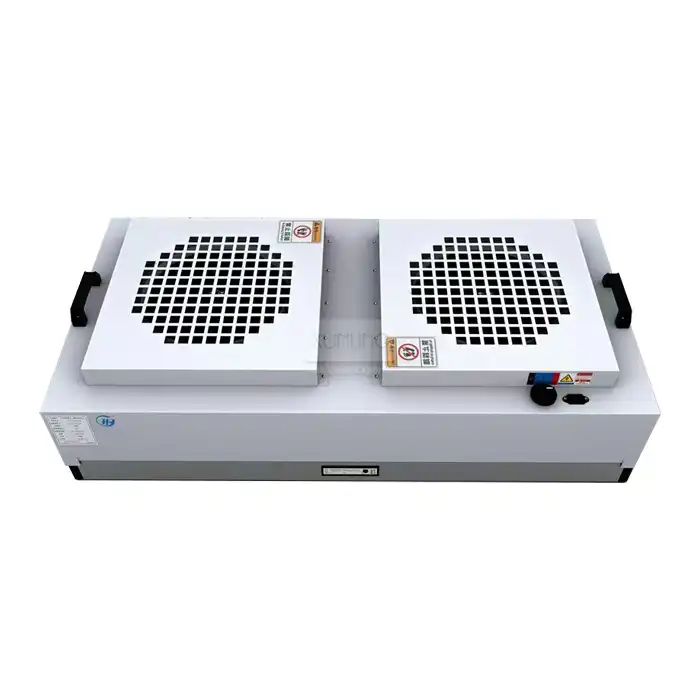
_1735392842145.webp)
